The first ECG was recorded by a Dutch doctor and physiologist in 1903 whereby he won a Noble Peace Prize. Since then we’ve made huge steps in recording and understanding todays ECG’s. As a non-invasive yet utmost treasured analytical tool, the 12-lead ECG is 12 different perspectives (not 12 leads) that records the heart’s electrical movement in waveforms. These waveforms can detect a host of cardiac conditions, ranging from arrhythmias to myocardial infarctions when interpreted accurately.
So how do we perform a 12 lead ECG? There are 10 electrodes: 6 precordial; these are the chest leads commonly known as the ‘V’ leads and 4 extremity electrodes, commonly known as the limb leads. Let’s start with the limb leads as these can also be used to perform a 3 lead ECG.
Electrode one: Right arm (Righty Red) anywhere between the right shoulder and right elbow.
Electrode two: Left arm (Lefty Lellow) anywhere between the left shoulder and left elbow.
Electrode three: Right leg (Black) anywhere below the right torso and above the right ankle.
Electrode four: Left leg (Green) anywhere below the left torso and above the left ankle.
Now let’s look at the chest leads:
V1 – Fourth intercostal space at the right border of the sternum
V2 – Fourth intercostal space at the right border of the sternum
V3 – Midway between placement of V2 and V4
V4 – Fifth intercostal space at the midclavicular line
V5 – Anterior axillary line on the same horizontal level as V4
V6 – Mid-axillary line on the same horizontal level as V4 and V5
Need an easier way to remember the order? Try using this: Ride Your Green Bike Back Please.
Now you are a whizz at placing the leads where they should be, do you know what you are looking for? Let’s start with the basics; every ECG consists of a P wave, QRS complex and a T wave. This is known as the cardiac cycle or in easier terms the period between the start of one heart beat and the beginning of the next, this should last 0.8 seconds.
The P Wave (0.1 secs) – this is the Atria contacting, therefore any abnormalities with a P wave will always represent an issue with the top 2 chambers.
The QRS Complex (0.3 secs) – this is the ventricles contracting, so once again, any abnormalities that form in the QRS complex would represent an issue with the two lower chambers.
T wave (0.4 secs)- this is where the ventricles relax ready for the whole process to start again.
Wondering why the P wave doesn’t relax? Well it does, but the ventricles contracting are so powerful that the atria relaxing is not visible through the QRS complex, and there you have it, a quick introduction to the cardiac cycle and a normal presentation on ECG along with a 12 lead placement recap.
Written by Karrie Wallace, Wednesday 12th September 2018












